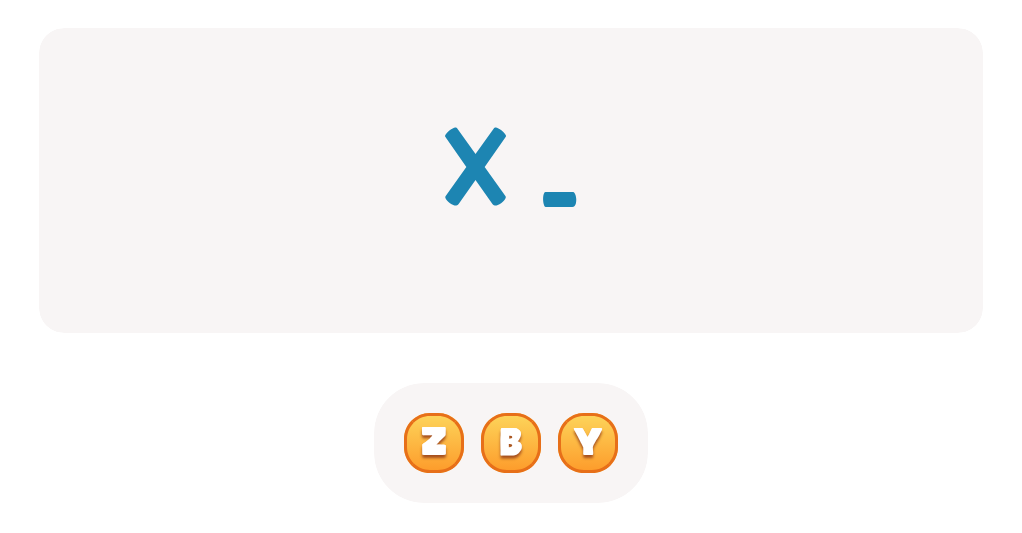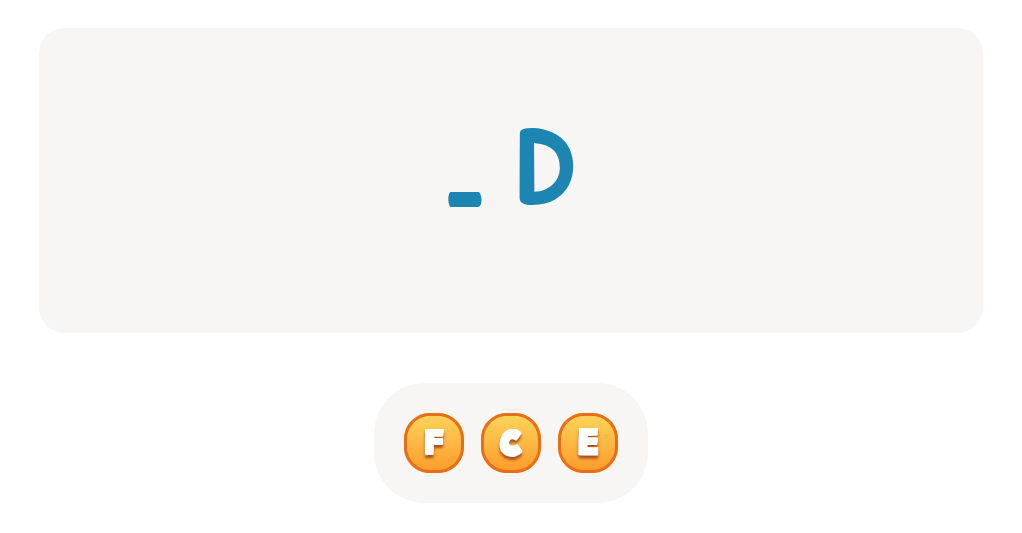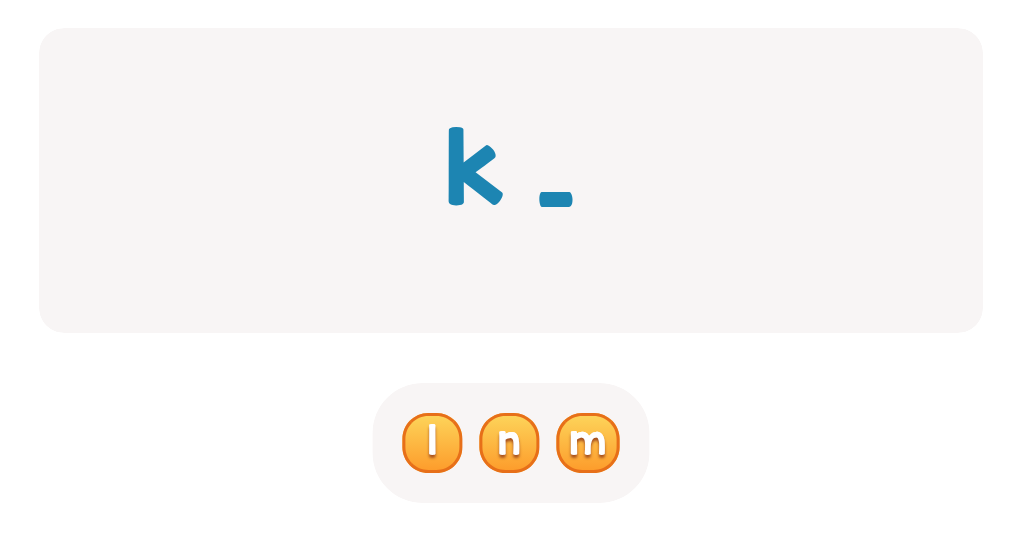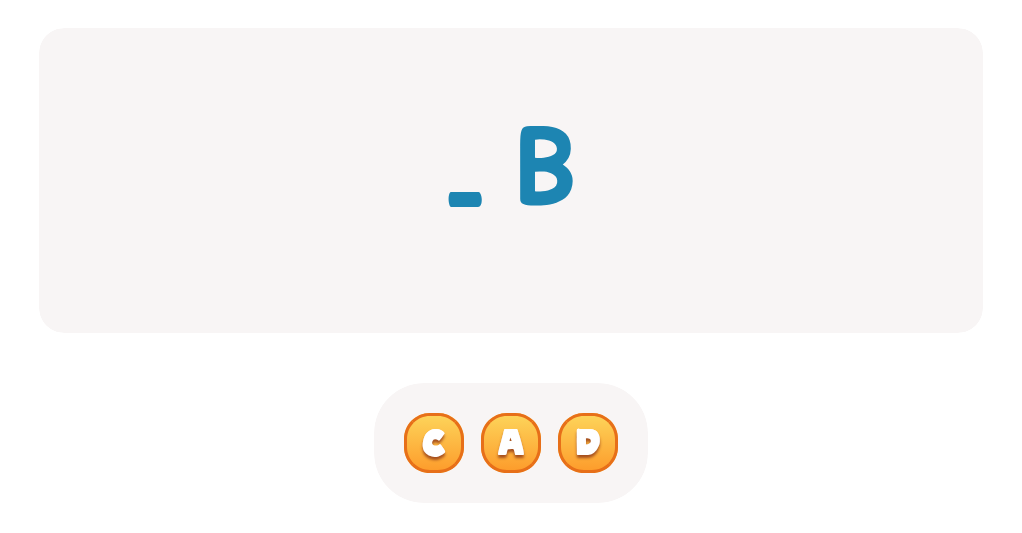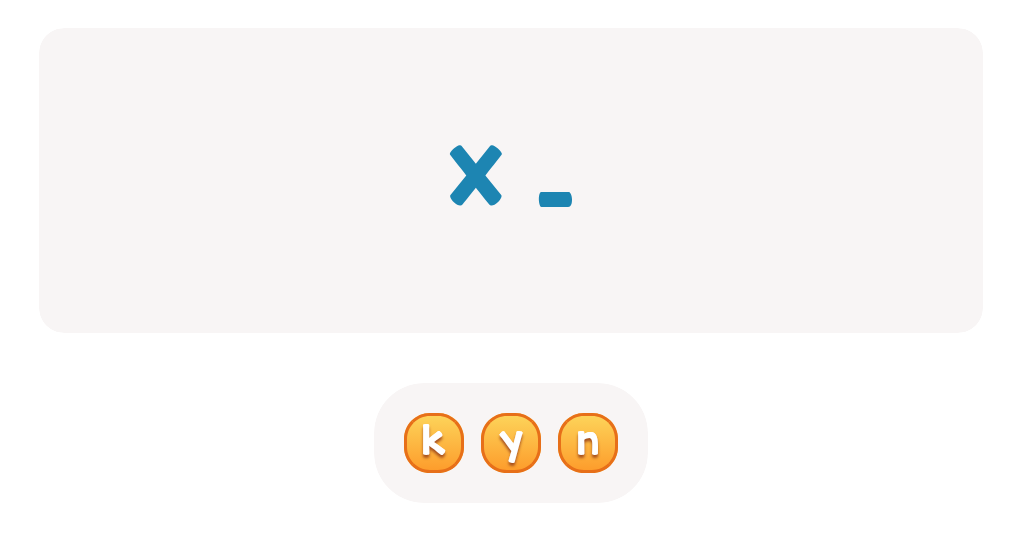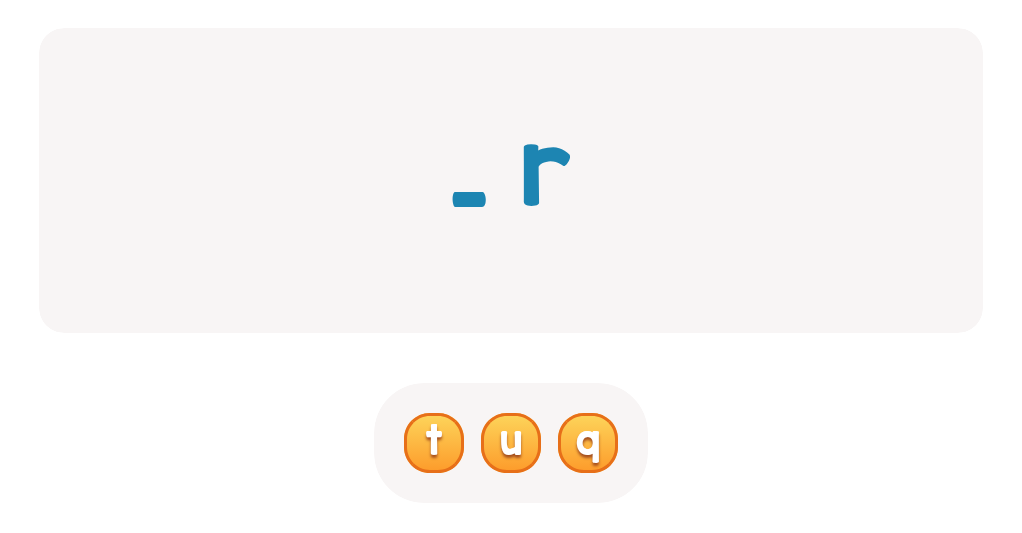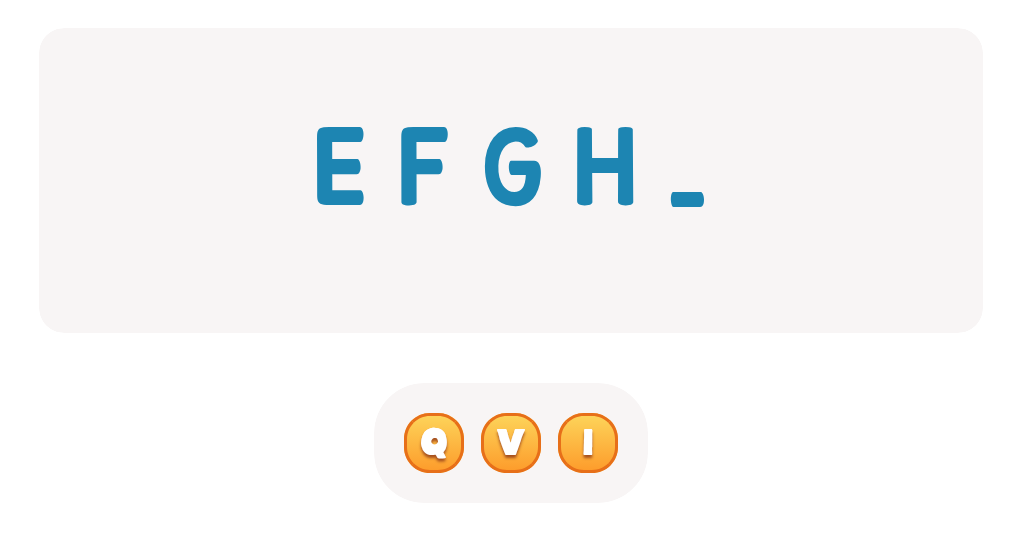Letter-sound association Upper & Lowercase Letters Worksheets for Ages 4-6
3 filtered results
-
From - To
Discover our engaging Letter-Sound Association Upper & Lowercase Letters worksheets, designed specifically for children aged 4-6. These interactive resources promote early literacy by helping young learners connect letters with their corresponding sounds, fostering reading readiness. Our worksheets incorporate fun activities, vibrant visuals, and diverse exercises that encourage children to identify, recognize, and differentiate between uppercase and lowercase letters. Ideal for home or classroom use, these worksheets stimulate curiosity and boost confidence in young learners as they embark on their literacy journey. Download now and watch your child's reading skills flourish through playful and meaningful learning experiences!
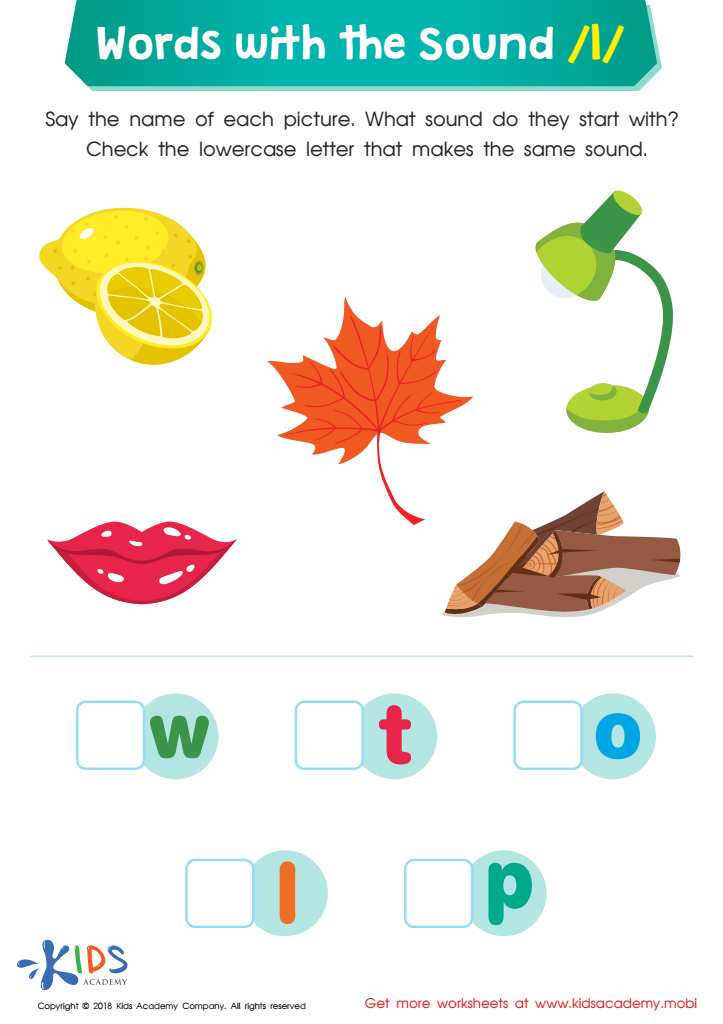

Words with Sound L Reading Worksheet
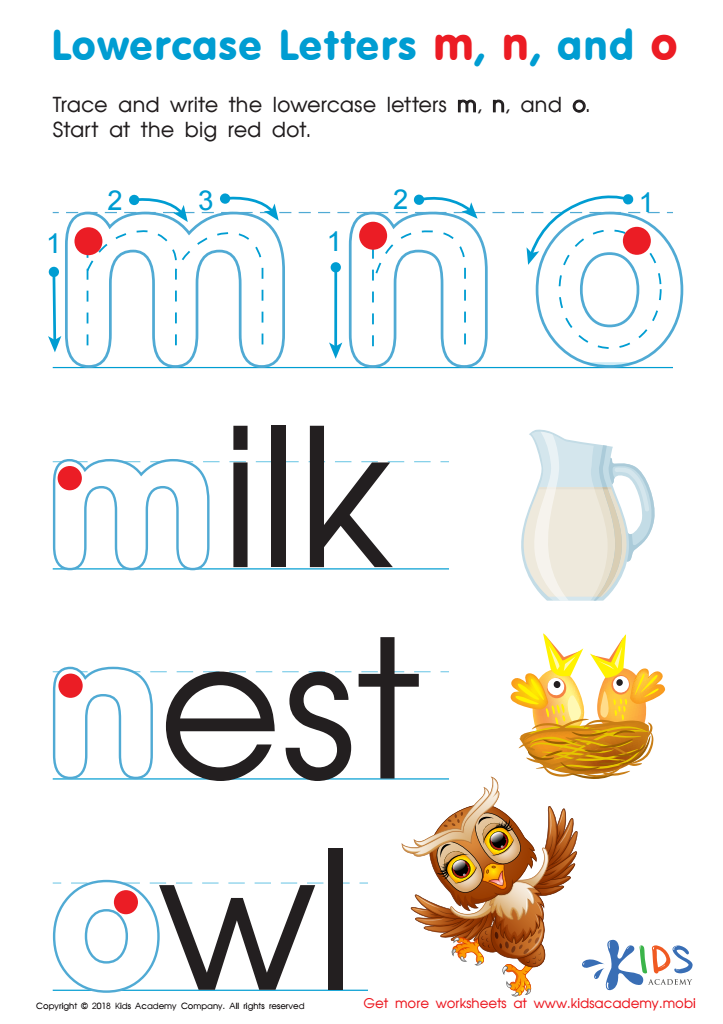

Lowercase Letters m n o Worksheet
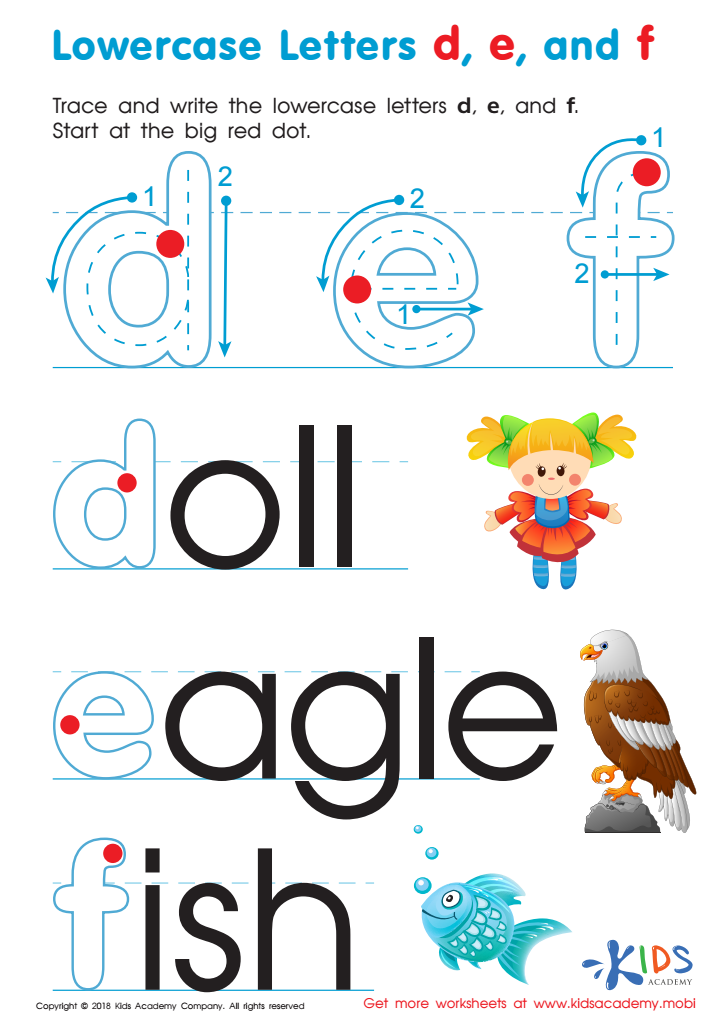

Lowercase Letters d e f Worksheet
Letter-sound associations and the recognition of both uppercase and lowercase letters are foundational skills for early literacy development in children aged 4-6. Understanding these concepts is critical as they serve as the building blocks for reading and writing.
Firstly, letter-sound connections allow children to decode words, enabling them to read with greater confidence and fluency. When they grasp that each letter has a specific sound, they can begin to blend these sounds together to form words, facilitating emergent reading skills. This connection enhances their vocabulary and spelling skills as they learn how letters combine to create different sounds and meanings.
Additionally, recognizing both uppercase and lowercase letters is essential for proper writing skills. Children often encounter text in various formats, and being able to identify both versions helps them become more versatile readers and writers. It also supports their everyday interactions with print material, from storybooks to signs.
Moreover, proficiency in letter-sound associations nurtures a child's confidence and enthusiasm for learning. When parents and teachers prioritize these foundational skills, they set children on a path to academic success, fostering a lifelong love for reading and an appreciation for language. This crucial early support plays a vital role in shaping future educational outcomes.

 Assign to My Students
Assign to My Students
